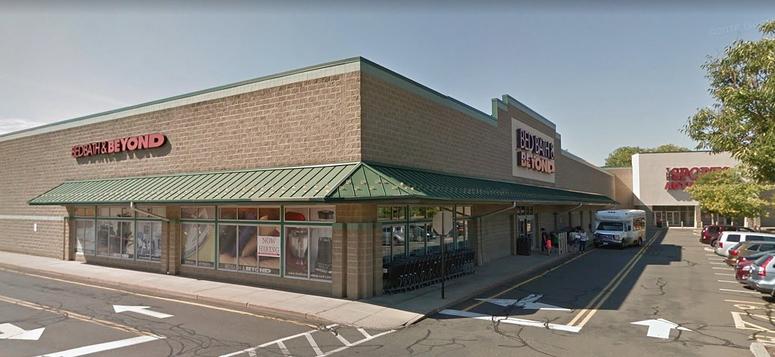There are eleven meteor showers that are considered to be the principal displays of the year, and in early January you'll have a chance to see one of these meteor showers in full effect.
According to the folks at NASA, in order to be considered as one of the top meteor showers of the year, it must produce a minimum of at least 10 meteors per hour.
Get our free mobile appWe just experienced what astronomers call the mother of all meteor showers, the Geminids Meteor Shower that produced up to 120 meteors per hour. In contrast to that, we are now experiencing the Ursid Meteor Shower, which can be visable in the Connecticut sky until Sunday, but you'll have to look very hard. Between the full moon, and the meteor shower only producing about 10 meteors per hour at it's peak, there's really not much to see, so everyone go back to their homes.

But get ready, as soon as you ring in the New Year there will be a new meteor shower in town, and that one is called the Quadrantids Meteor Shower which will be visable above from December 28 until January 12, but is expected to peak in our area between January 2-3.
Now most of the meteor showers that we can see here in Connecticut usually have a two day peak, however the Quadrantids peak is shorter in duration. During it's peak, you can expect to see as many as 200 meteors in an hour, of course provided viewing conditions are favorable. The one reason for the high number of meteors per hour is that the Quadrantids Meteor Shower only will be visable for a few hours, so there's a whole lot of meteors to see, but so little time, plus the Quadrantids Meteor Shower is also famous for it's bright fireball meteors.
So just when is the best viewing times in Connecticut for this particular meteor shower? Astronomers say that during the overnight hours and pre dawn hours. Also the best place for viewing is away from city or street lights, and of course a clear moonless night doesn't hurt either. The meteor shower show will last until dawn, so you should have plenty of time to witness this celestial event.
Here's one more piece of interesting trivia about this particular meteor shower. Most of the meteor showers we see over Connecticut originate from comets, but not the Quadrantids, this meteor shower originated from an asteroid.
Here's a look at some video of last years Quadratids Meteor Shower.
